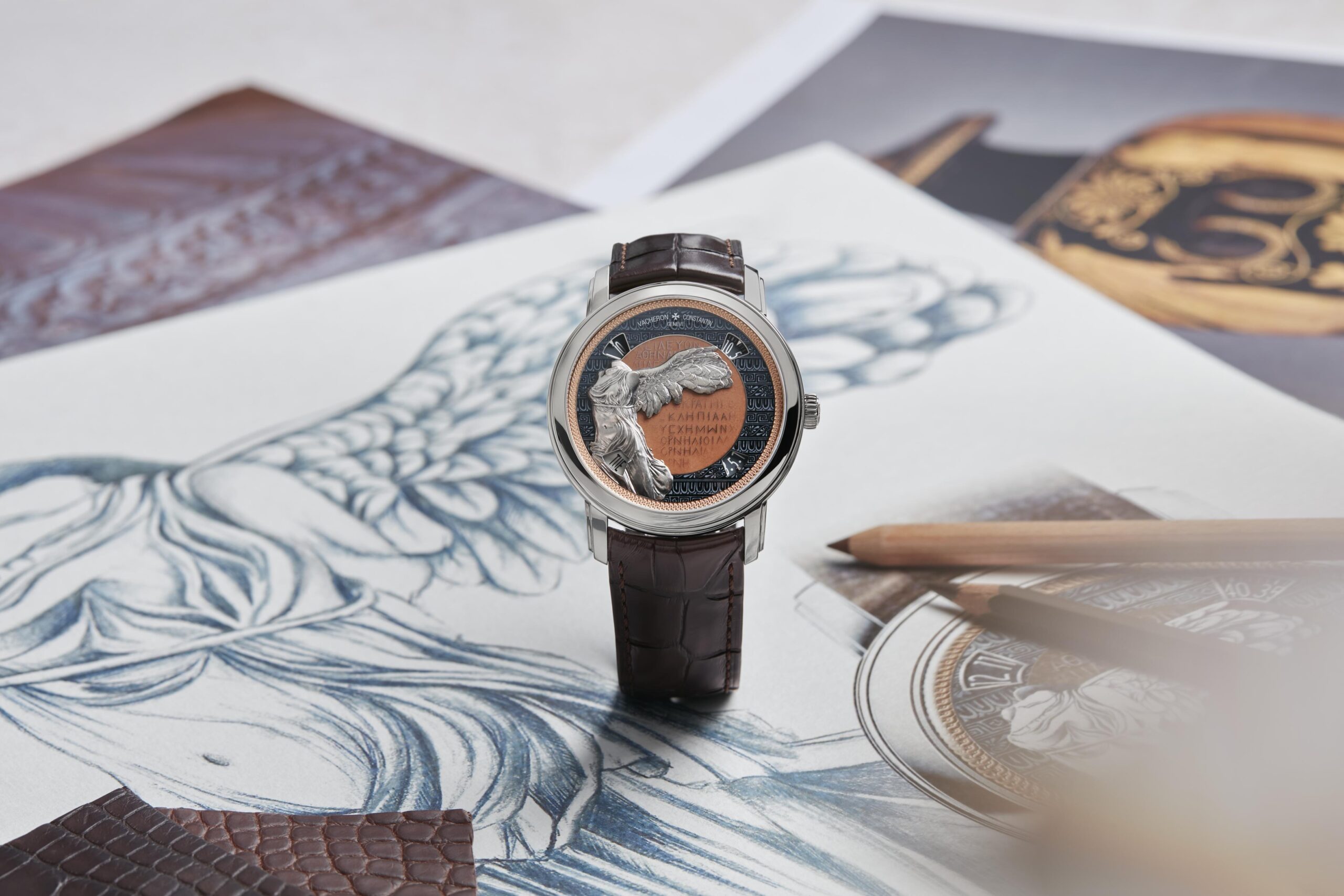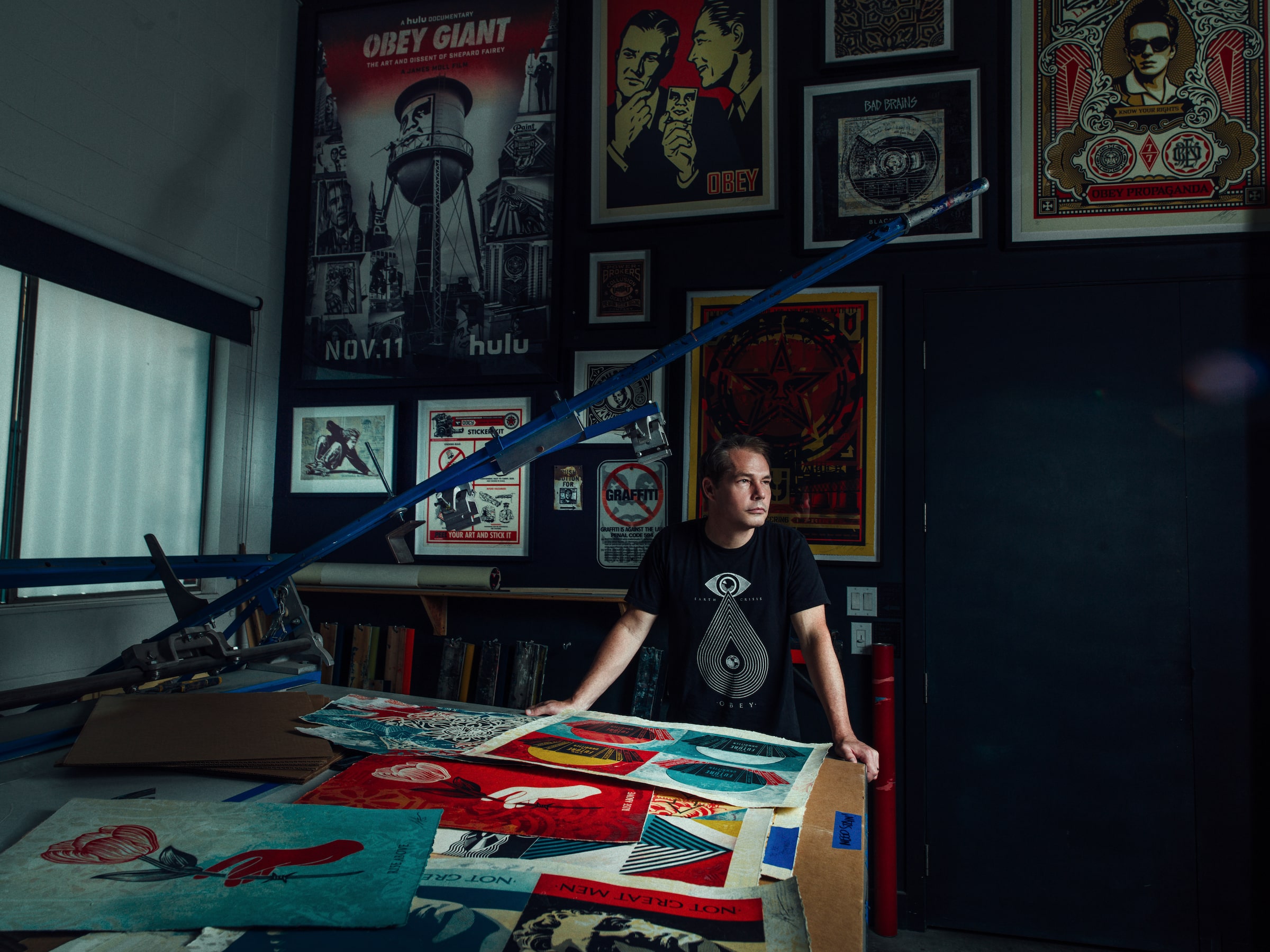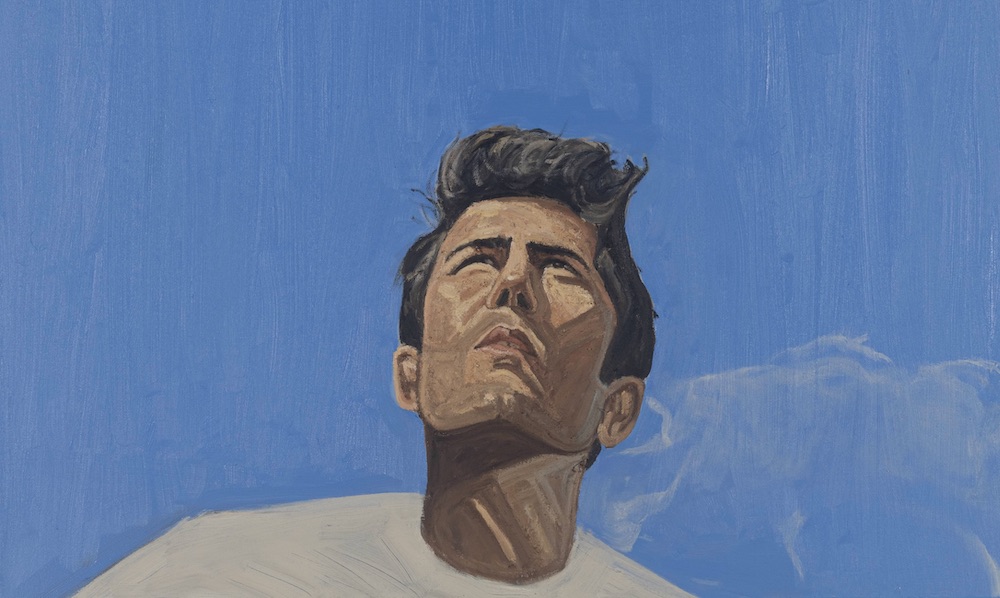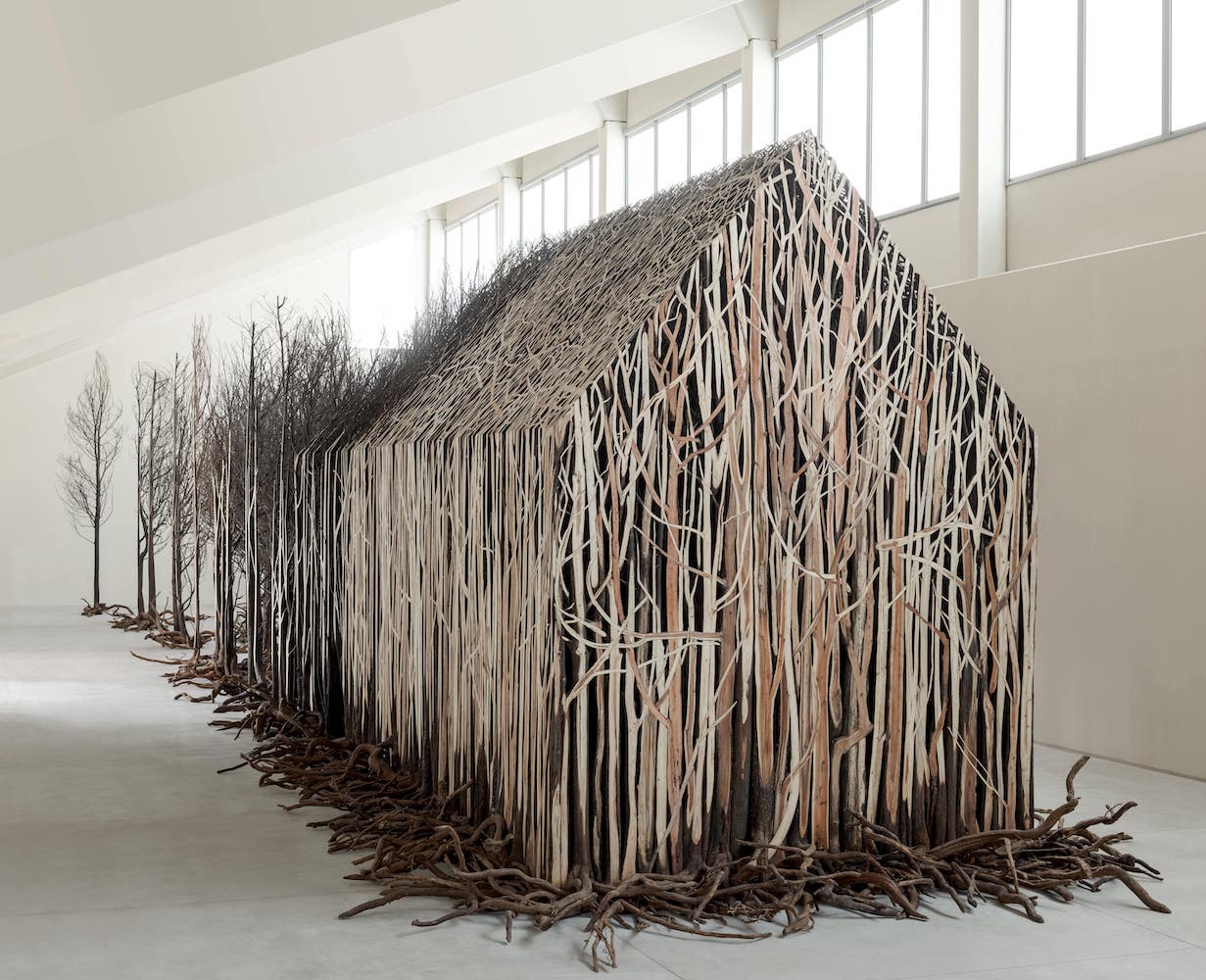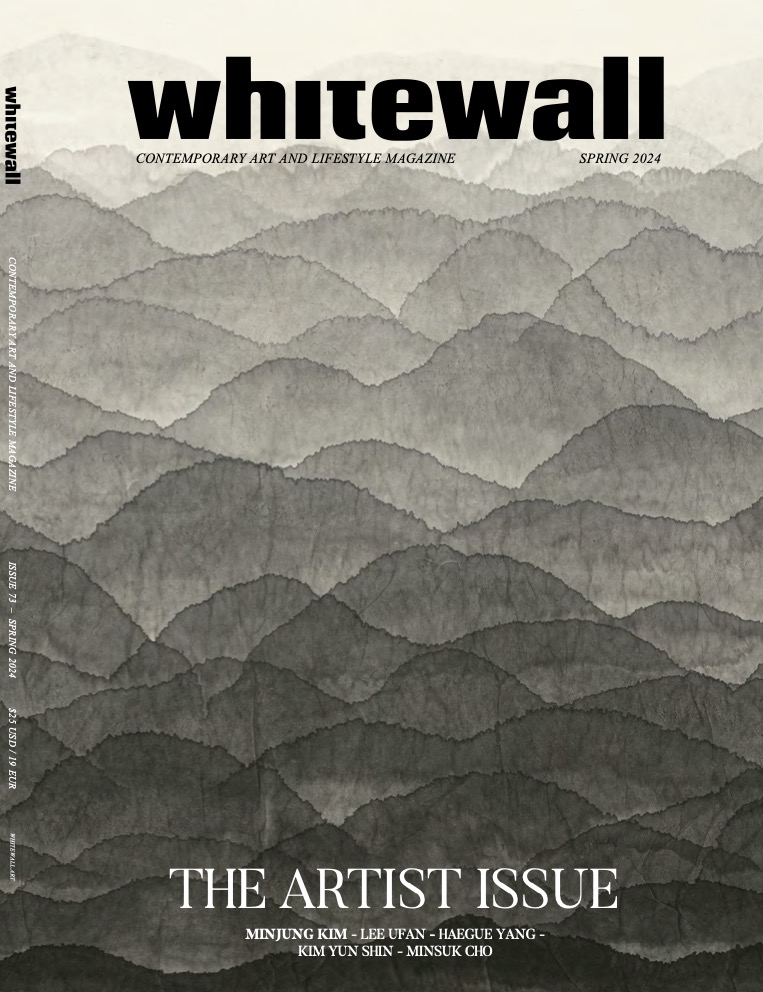Last month, Genesis Tramaine’s first solo show with Almine Rech in London opened, only to be closed early to the public due to the ongoing COVID-19 pandemic. Her show of new paintings “Parables of Nana” is grounded in the spiritual realm, and is still accessible via appointment and online.
Whitewall reached out to New York-based Tramaine to learn more about her practice, and why there is no room for ego on her canvas.
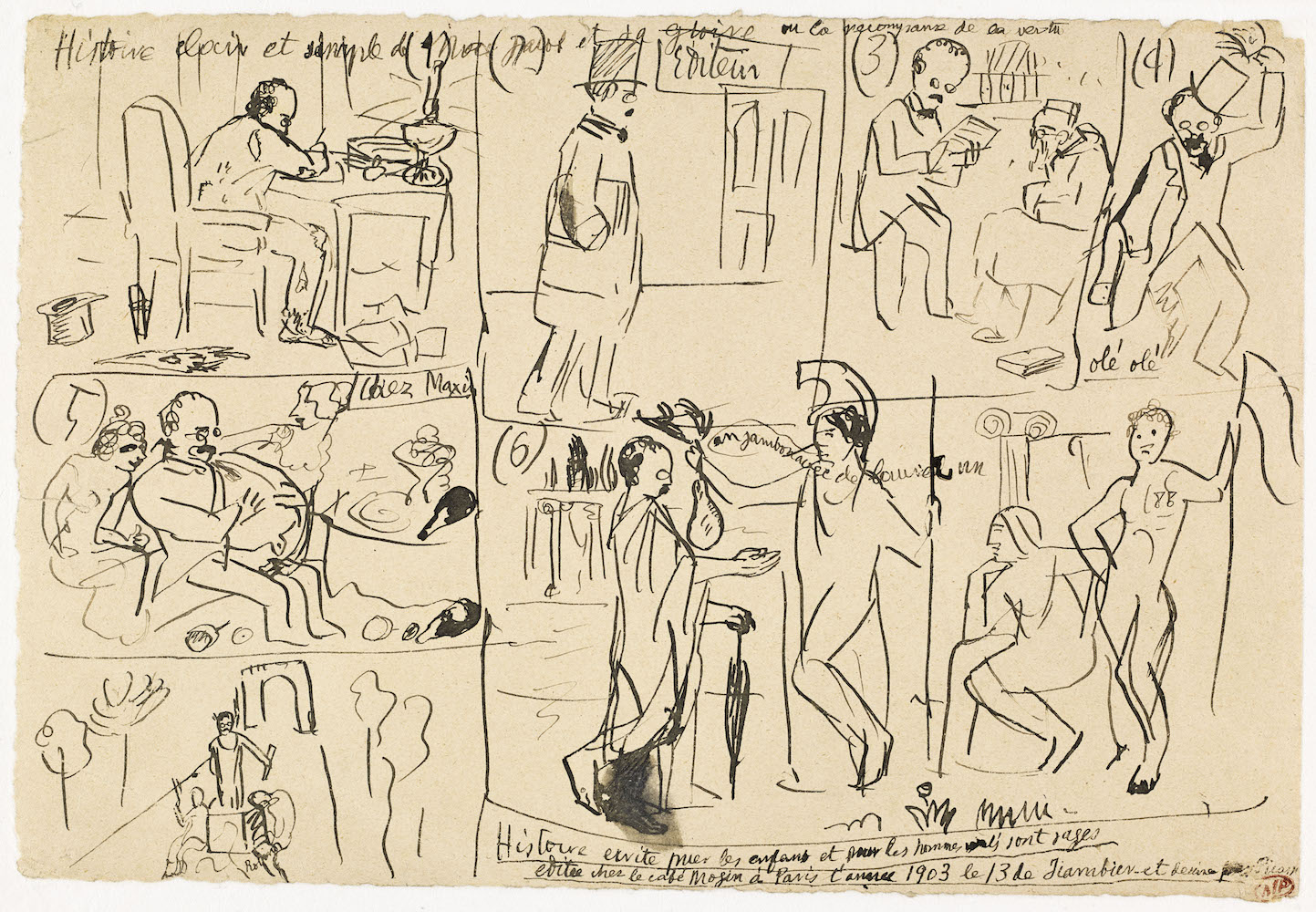
Pablo Picasso, “Clear and simple story of Max Jacob”, 1903, pen drawing, brown ink, vellum (paper); © Succession Picasso 2020, photo by Mathieu Rabeau, courtesy of Musée Picasso Paris.
WHITEWALL: What was the starting point for “Parables of Nana”?
GENESIS TRAMAINE: I begin learning the “Parables of Nana” as a child. I began learning the parables of the Christ a few years ago. I was called to paint the “Parables of Nana” about a year ago. My biblical study has brought me back home. I’ve recently realized the depth of importance my nana’s teachings played.
WW: The new series of paintings invites visitors to contemplate themselves in the presence of divine spirit through the human face. How do you see the portrait as a space for contemplation?
GT: The “portrait” is a gospel hymn, packed with messages that have been passed down to me. Both spiritually and culturally. As a vessel, I understand the viewers connection and I am grateful to God to be able to provide a space that invites deeper thought, prayer, or praise.
WW: Where do you typically start with a painting?
GT: I begin in my kitchen, in my church. I pray for the presence of the holy spirit and we birth a freedom song—better known as gospel. As it’s referred to commonly here; a portrait.
WW: In this new series of paintings, was there a technique or theme you explored for the first time?
GT: No. I’ve painted this way for a long time. I paint with the techniques of rhythm, color, space and prayer. It’s important to maintain tradition when planting cultural mustard seeds.
WW: Do you find the act of painting to be spiritual for you as an artist?
GT: Yes. Otherwise for me it is ego driven and there’s no room for ego on the canvas. It’s a praise and devotional space for me.
WW: Can you tell us about your studio space? What is a typical day like for you there?
GT: My studio space is welcoming and clean and quiet and full. There is no typical day in my kitchen. I work really hard to be still.
WW: We wanted to check in to see how you are doing at this time, given the ongoing COVID-19 pandemic.
GT: I’m praying for the families affected by the current happenings in the world. This is a perfect opportunity to go in, since we can’t go outside.


